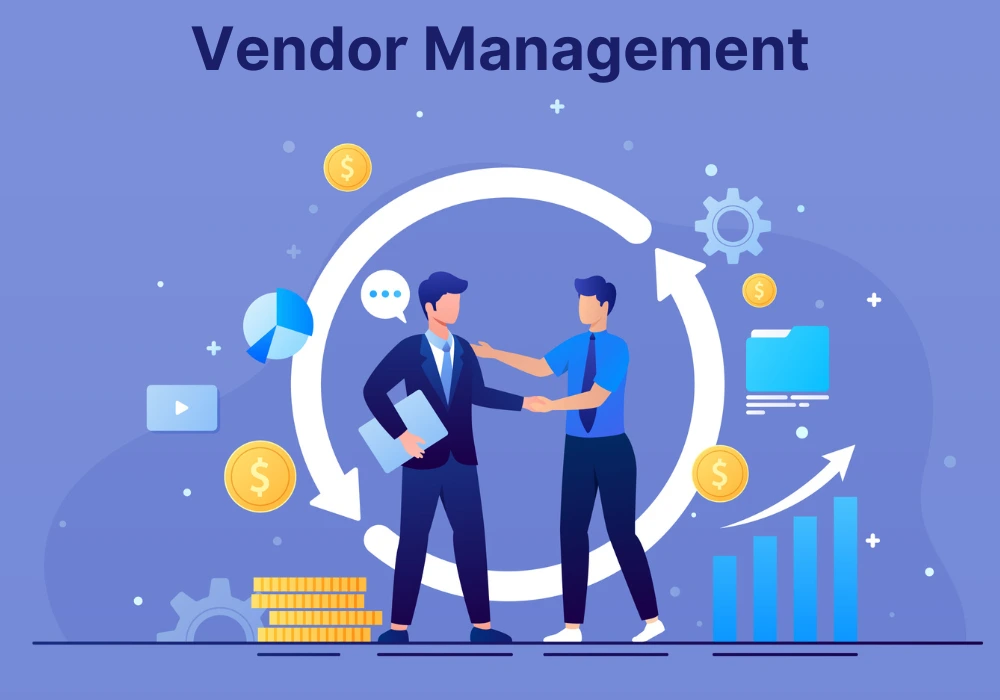In today’s fast-paced, project-heavy world, companies often rely on vendors and freelancers to get things done quickly, creatively, and cost-effectively. Whether you’re managing a brand campaign, scaling a startup, or running a corporate project, third-party collaborators are your secret weapon—if managed right.
But let’s be honest: without the right system in place, things can go from smooth to chaotic real quick. Missed deadlines, inconsistent quality, miscommunication? We’ve all been there.
So how do you onboard, manage, and evaluate vendors and freelancers like a pro? This guide lays down best practices that blend efficiency with empathy—and yes, Gen Z vibes too.
Step 1: Strategic Onboarding — Start Strong, Win Long
First impressions matter. When onboarding a freelancer or vendor, think beyond paperwork. Think culture, clarity, and communication.
Set Clear Expectations
- Define the scope: What exactly do you want? No vague briefs—be crystal clear.
- Timeline & deliverables: Set realistic milestones with deadlines and buffer time.
- Quality benchmarks: Share examples of your brand tone, quality expectations, and creative direction.
Make It Human
- Introduce them to your team, not just your tasks.
- Let them understand your brand’s why—it boosts motivation and alignment.
- Respect their time, expertise, and creative space.
Step 2: Communication is Key (But Don’t Overdo It)
Whether you’re working with a graphic designer from Delhi or a developer in Berlin, communication is what keeps the ship afloat.
Weekly Syncs or Bi-Weekly Check-Ins
- Keep it short and focused.
- Ask: What’s done, what’s next, and where’s the roadblock?
Use the Right Tools
- Slack or Discord for casual collab.
- Asana, Trello, or ClickUp for task tracking.
- Google Docs/Drive for real-time updates and content sharing.
Step 3: Managing Workflows like a Boss
The secret to long-term freelancer or vendor success? A smooth workflow that respects their process while aligning with yours.
Use Repeatable Systems
- Have templates for briefs, contracts, invoices, and feedback.
- Create SOPs (Standard Operating Procedures) for recurring tasks.
Set KPIs (Yes, Even for Freelancers!)
- Deadlines met
- Quality of work
- Communication turnaround time
- Creative input or innovation level
Not only does this help you measure performance, it gives your collaborators a way to self-improve.
Step 4: Feedback Loops — Honest, Timely, and Respectful
Gen Z freelancers especially appreciate transparency and growth. Give feedback not just to correct but to empower.
The 3Fs of Feedback:
- Fast: Give feedback within 24–48 hours.
- Focused: Stick to the work, not the person.
- Friendly: Kindness always wins.
Use the “Feedback Sandwich” technique:
- Positive note → Constructive suggestion → Encouraging close.
Also, encourage them to give you feedback too. It builds trust and loyalty.
Step 5: Performance Review & Evaluation
Whether it’s a short project or a long-term gig, evaluation is key to improvement and future planning.
Create a Simple Review Checklist:
- Was the project delivered on time?
- Did the final work match your expectations?
- How was the communication and professionalism?
- Would you hire them again?
Use tools like Typeform or Google Forms for post-project reviews.
Recognize & Reward
If someone’s killing it consistently, show appreciation. Maybe a LinkedIn shoutout, a bonus, or even a small gift.
Legal & Payment Must-Dos
Even the best relationships can get messy without formalities in place.
Contracts Are Not Optional
- Include scope, deliverables, deadlines, ownership rights, and payment terms.
- Make sure there’s an NDA for sensitive work.
Pay on Time—Every Time
Delayed payments = damaged relationships. Set clear payment schedules and stick to them.
Relationship Management: Think Long-Term
Want great freelancers and vendors to stick with you? Nurture that bond.
- Send holiday wishes or a thank-you note after a project.
- Keep them in the loop about upcoming gigs.
- Ask about their availability before assigning tasks.
Remember: A happy freelancer or vendor is your brand’s hidden strength.
Final Thoughts: Treat Them Like Partners, Not Just Resources
Freelancers and vendors aren’t just a backup plan or cost-saving tactic. They’re creative thinkers, problem-solvers, and valuable partners. When managed well, they’ll help you scale faster, better, and smarter.
So set up a smart system, communicate well, respect their hustle, and watch your collaborations transform from meh to masterpiece.

